NSF grant funds ultrasonic additive manufacturing of smart structures
Marcelo Dapino, professor and Honda R&D Americas Designated Chair in Engineering at Ohio State, has been awarded a three-year National Science Foundation (NSF) grant to support research in ultrasonic additive manufacturing of multi-material structures.
“Advanced manufacturing, especially additive manufacturing, is a growing interest for us,” Dapino said.
“We seek to answer fundamental questions surrounding the integration of dissimilar materials within structures.”
(From left): Center for Ultrasonic Additive Manufacturing researchers Leon Headings, research associate, Emilie Baker, undergraduate student researcher and PhD student Adam Hehr.
The research is important, he explained, because the transportation industry needs lightweight structures that seamlessly combine different types of materials in addition to smart sensors and actuators. “Collaborating with industry and government, we are working on addressing lightweighting needs, while also trying to anticipate new ones.”
Ultrasonic additive manufacturing, known as UAM, is a solid-state additive process for fabrication of fully dense metal structures from foil stock. When combined with subtractive processes, it can be used to fabricate 3-D structures that incorporate metals (e.g., structural aluminum, high-strength steels, copper and titanium), internal conformal channels for cooling and other transport purposes, and temperature-sensitive components such as sensors, reinforcement fibers, electronic circuits, fiber optics and smart materials. A lack of scientific understanding of the process and how it affects build properties currently limits the size of builds and the range of dissimilar material combinations that can be additively welded.
The $300,400 award supports fundamental research to understand and model the complex process-property relationships present in UAM, and enable in-situ process quality monitoring using hardware that already exists in commercial ultrasonic additive manufacturing equipment. The research represents the first comprehensive energy mapping of the ultrasonic additive manufacturing process and also the first to be experimentally verified by both in-situ weld power measurements and microstructural analyses.
Results from the research will lead to increased use of this U.S.-based manufacturing technology in the automotive, aerospace, biomedical and electronics industries.
Dapino directs the Center for Ultrasonic Additive Manufacturing, located in the state-of-the-art Scott Laboratory in The Ohio State University’s Department of Mechanical and Aerospace Engineering. Center post-docs and students conduct basic and applied research on ultrasonic additive manufacturing, including modeling of processes and composite materials, fabrication of innovative metal-matrix composites and structures and characterization of process-property relationships in UAM parts.
by Gail Dickson, Mechanical and Aerospace Engineering
Source: Gail Dickson, Mechanical and Aerospace Engineering
Photo/video source: Gail Dickson, Mechanical and Aerospace Engineering

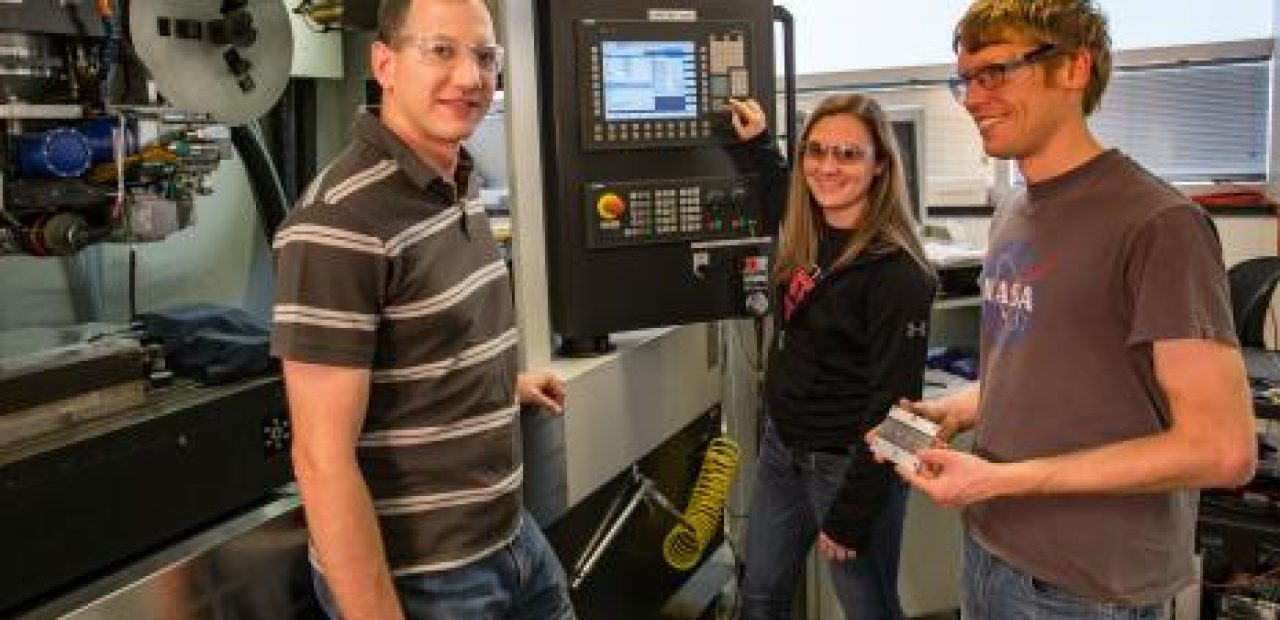
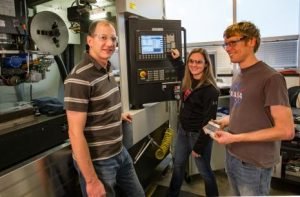
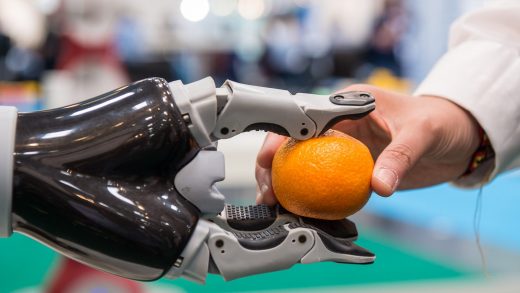

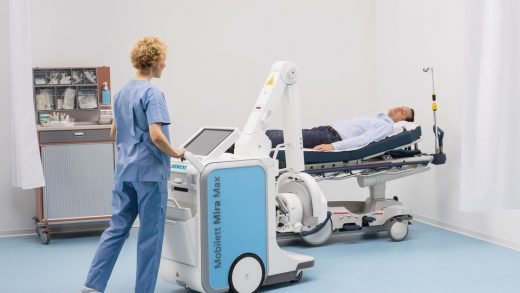

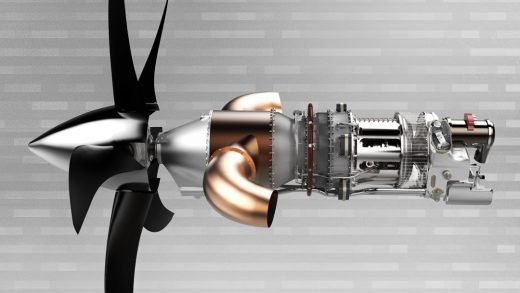
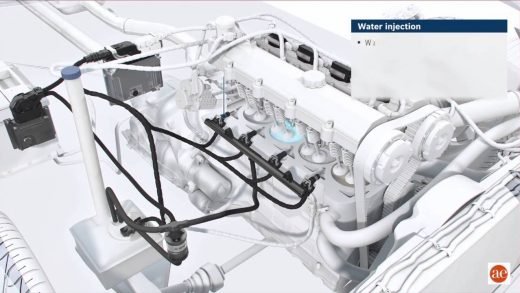
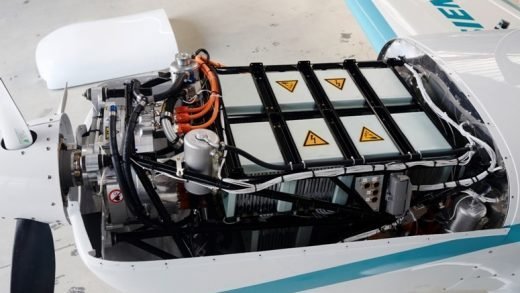
Recent Comments